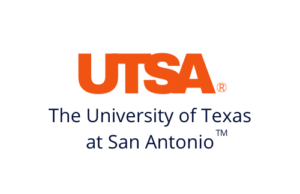
Violence and Child Abuse Prevention Case Study
Organization: The University of Texas at San Antonio
URL: hcap.utsa.edu/social-work/
Funding: Funded by volunteer work and University-funded gift cards.
Length of Instruction (# of Sessions and Hours per Session): 12 lessons; 1 hour each.
Class Size: 14 youth
Target Audience: Adolescents
Audience Demographics: Majority Hispanic (85%); middle- and high-school aged
What Problem is Being Solved? Youth from a poverty-stricken area of San Antonio, TX are exposed to high rates of violence across home, school, and community contexts. Rates of child abuse are high within this zip code, and the pandemic was costly to the lives and well-being of the community.
Curricula Used: Mind Matters
Curricula Benefits:Coping with trauma, resiliency-building, goal setting, mentorship
Instructors: 2 graduate-level social work interns
How was Cultural Adaptation Incorporated?: Limited discussion of cultural norms including religiosity, gender roles and responsibilities; the research that will be discussed includes areas for future program adaptation- we stuck very closely to the curriculum to ensure fidelity
Student Workbooks: Yes
Incentives to Teachers and Students: Snacks, beverages, and certificates of completion
Outcomes: We saw improvements to the youth’s mindfulness and coping skills, including during the pandemic while at home. The youth enjoyed the program and wanted to do it again.
Challenges: The main challenge was doing the program with middle schoolers – the content was a bit dense for them. Part of this may have been that the kids were coming from school and had a lot of energy. However, they chose to spend their time in the Mind Matters classroom rather than play outside which says a lot.
Another challenge we faced was that there was a girl in the high school group who hid under the table during discussion of abuse. It’s important to have training in trauma-informed care and intervention. Fortunately, there was a licensed and trained Master’s level social worker on staff overseeing the implementation of the program and who could provide further case management to the youth(s).
Tips: We recommend implementing some of the content of the program earlier, particularly with regard to exercise. Perhaps they could do some exercise before sitting down for their lessons.

